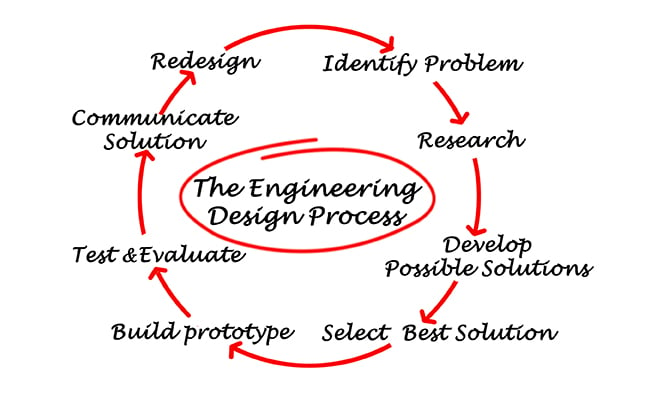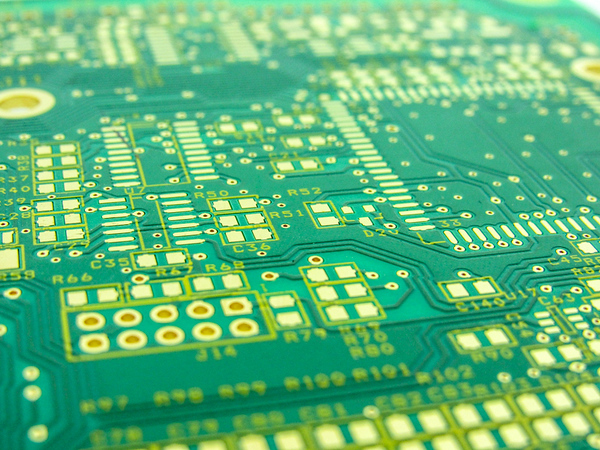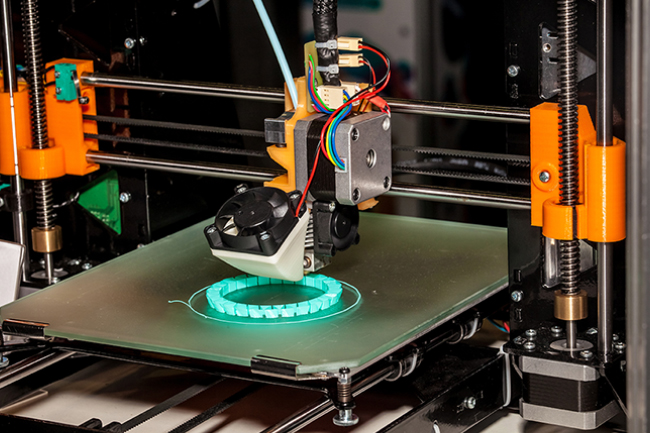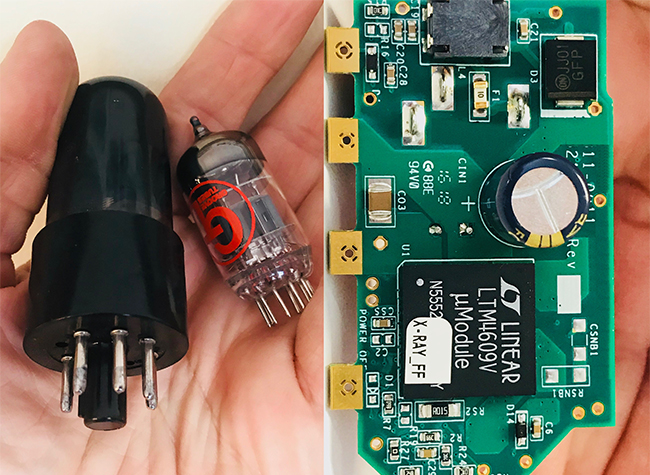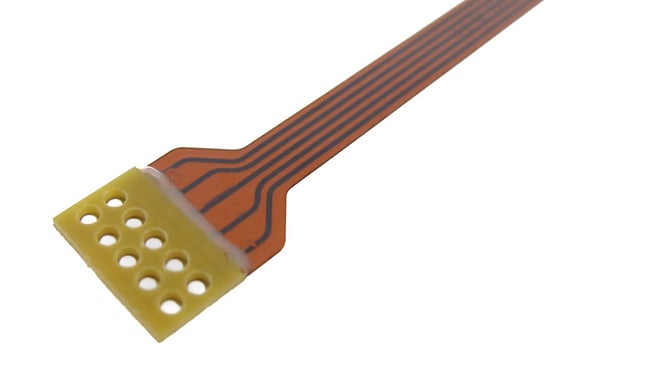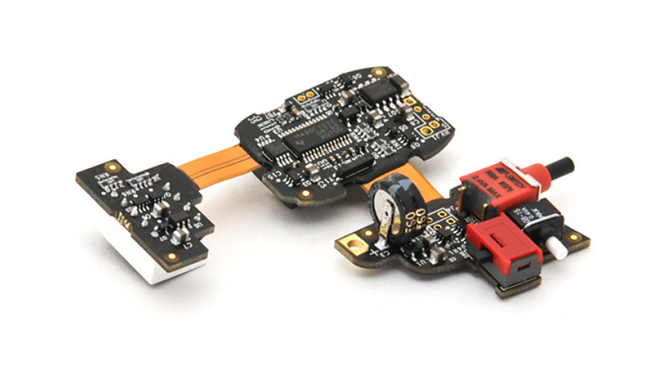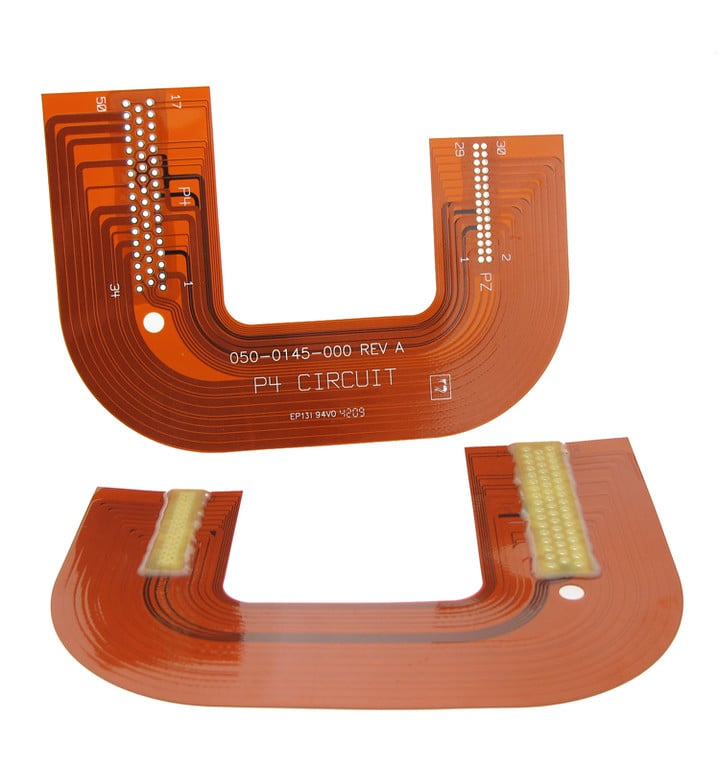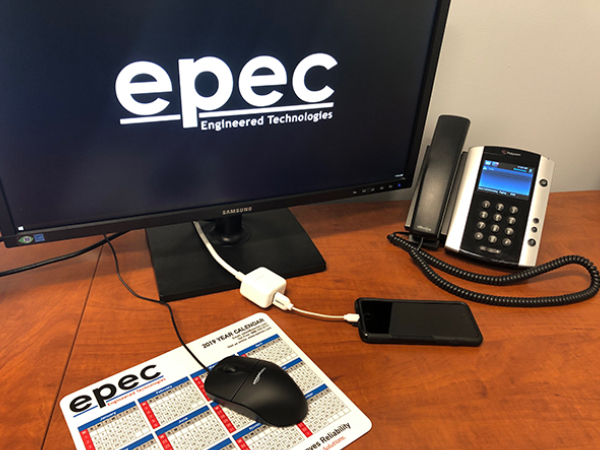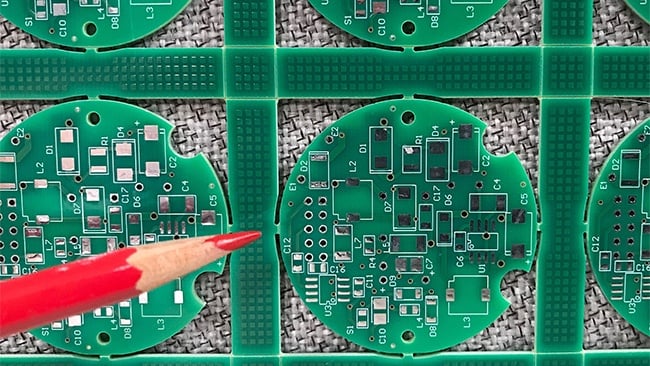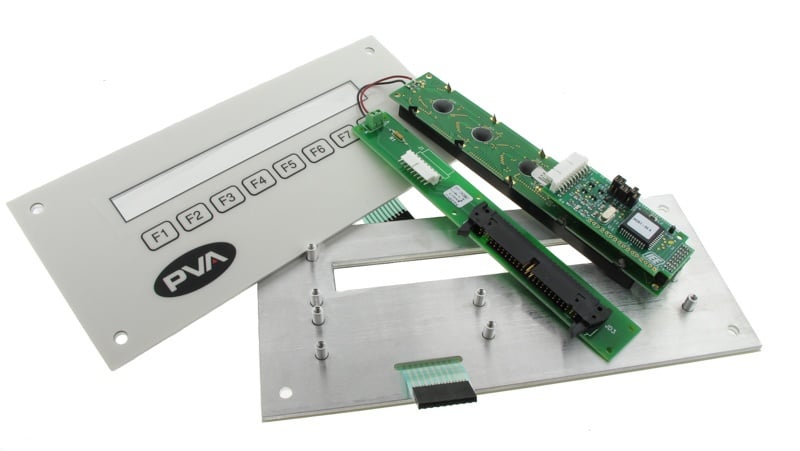At Epec, engineers are expected to find innovative solutions to problems and develop them quickly and accurately so that customers can get quality products delivered on time. In this blog post, I will discuss how the 80-20 rule can be used in conjunction with our classic engineering design process to reach solutions faster.
At the conclusion of our recent webinar – Match Your High-Tech PCB Design To Your Supplies Capabilities – we had a number of questions for our presenter, PCB Field Applications Engineer Al Wright. We decided to compile these into a readable format on our blog.
At Epec we work on such a varied and technical catalog of products, so our engineers must be comfortable leveraging every manufacturing technology available to them in order to create solutions in design and production. One of the most important technologies that we use is 3D printing.
Printed circuit boards (PCBs) have become an integral part of everyday modern life, both at work and at home. PCBs were at one time found primarily where you would have expected them to reside inside computers, calculators, televisions, and other such obviously electronic devices, but now they present nearly everywhere.
When developing a flex PCB based design, one of the most common early decisions is whether a flex circuit with stiffener(s) will meet the design requirements or if a rigid-flex construction is necessary or more effective. While there is some overlap between the two methodologies, there are significant capability, performance, and cost differences that require review to ensure a successful design.
The integration of a flex circuit(s) with rigid PCBs into a rigid-flex configuration can solve many of today’s design challenges. The combination of the mechanical capabilities of flex circuits with the functionality of rigid PCBs is a solution that provides many benefits, including improved reliability, tighter packaging capabilities, high speed signal performance, reduced assembly costs, and opportunities for further overall design packaging reductions.
Stiffeners are a key design element in most flex designs and have a significant impact on both the performance and reliability of the finished flex circuits. As a result, stiffeners need to be fully and accurately defined in the data set. Not doing so may result in a finished part that does not meet your requirements.
Look around at your desk, workstation, or wherever you’re siting while reading this blog post. The odds are favorable there are multiple cables within reach right now! It’s true, everyone needs and uses cables. Not just in one’s personal life, but also in the workplace, in industry, and even in combat.
Printed circuit board (PCB) designers often find themselves at odds with their purchasing and marketing departments after a design goes out for bids and comes back with a larger than expected price tag. Once the source of the high cost is identified, the questions fly, the fingers point, and the nerves fray.
When our customers are in the preliminary stages of launching a new SMART HMI project, they typically reach out seeking advice on the best way to start. With what can amount to a near infinite number of HMI design options and system feature combinations, brainstorming an embedded firmware project can quickly become overwhelming. Where does one begin? How does the firmware work? What level of detail is required now?


